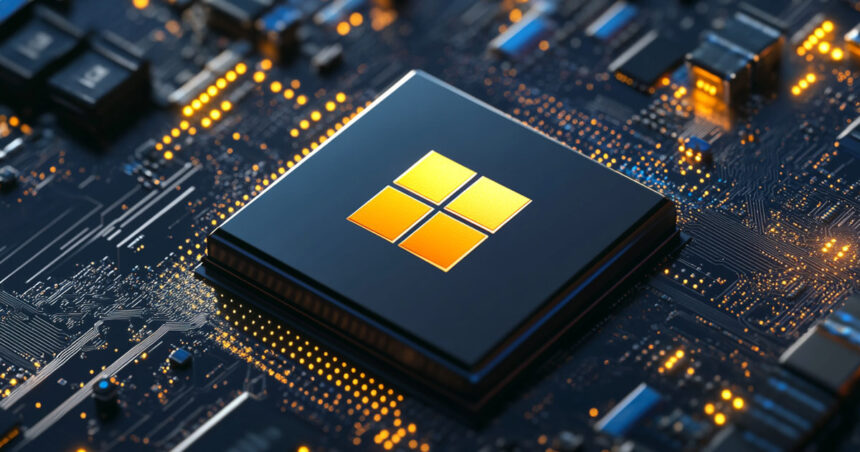
Microsoft has launched its Majorana 1 quantum chip amid continued dialogue on Bitcoin Enchancment Proposal 360 (BIP-360), which outlines measures to guard towards quantum threats.
Microsoft’s new chip encodes quantum info utilizing topological qubits based mostly on Majorana zero modes that retailer knowledge in nonlocal states, a design that reduces error susceptibility by requiring simultaneous interference at each ends of a nanowire.
Per Forbes, the structure achieves excessive constancy in detecting parity shifts—a vital step towards scalable quantum techniques. But specialists warning that present quantum {hardware} stays removed from the potential wanted to reverse-engineer Bitcoin’s underlying elliptic curve cryptography.
Estimates recommend {that a} machine with hundreds of thousands of qubits, quite than the few dozen in right this moment’s prototypes, can be vital to take advantage of vulnerabilities in Bitcoin’s signature scheme, leaving the quick threat at a theoretical stage.
BIP-360 quantum resistance
Bitcoin’s safety framework is dependent upon the Elliptic Curve Digital Signature Algorithm, which hyperlinks private and non-private keys in a fashion that standard computer systems can’t invert. Shor’s algorithm, executable on sufficiently superior quantum machines, might in the end undermine this barrier, exposing funds saved in addresses the place public keys are seen. Whereas researchers acknowledge the risk, the quantum qubit counts required to carry out such a decryption stay orders of magnitude past present implementations.
BIP-360 proposes transitioning to a quantum-resistant construction by changing susceptible signature strategies with hash-based techniques and hybrid schemes that mix classical and post-quantum algorithms.
The proposal introduces a brand new transaction output kind that obfuscates public keys with strong hash features to guard funds held in uncovered addresses. By using algorithms reminiscent of FALCON-1024 and supporting a gradual migration by way of backward-compatible hybrid signatures, BIP-360 seeks to protect community performance whereas addressing vulnerabilities inherent in each Pay-to-Public-Key and reused deal with schemes.
The migration course of would contain sweeping unprotected funds into quantum-resistant addresses, a transition that trade estimates recommend might prolong over years if not accorded full community precedence. Pockets suppliers and exchanges face the twin problem of training customers on the urgency of migration whereas adapting infrastructure to help the brand new requirements.
Nonetheless, even when quantum breakthroughs speed up, the logistical and technical hurdles related to a wholesale shift in Bitcoin’s cryptographic foundations necessitate cautious, phased adoption.
Microsoft’s Majorana 1 chip, with its digitally pulsed voltage gates and compact eight-qubit prototype, marks progress in quantum {hardware} by demonstrating error suppression strategies that would finally scale to industrial ranges.
Nonetheless, technical hurdles reminiscent of qubit coherence, management electronics integration, and materials defects point out that the leap from prototype to a quantum system able to cracking Bitcoin stays substantial. The measured tempo of quantum growth reinforces the angle that proactive measures like BIP-360 are prudent steps quite than reactions to an instantaneous risk.
BIP-360 and advances in quantum {hardware} now set the stage for addressing quantum vulnerabilities with out altering Bitcoin’s core safety.
[Editor’s Note: All computers using non-quantum-resistant security are at risk from quantum computers, not just Bitcoin.]









